Private Bath, Tokyo, Japan (20th Century)*
Artist/Designer: Designer Unknown
Project Location: Tokyo, Japan

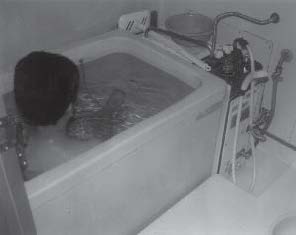
in the hot water. The hot water in the bathtub is used by more than one person. The
water in the bathtub is not renewed for everyone taking a bath. ( Source | Accessed : February 26, 2020 | Photographer: Unknown )
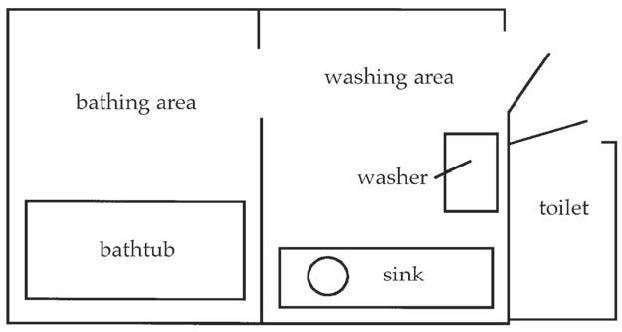
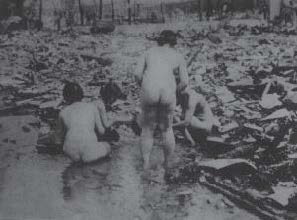

“hot water” is the conventional
sign of the bathhouse ( Source | Accessed : March 3, 2020 | Photographer: Unknown )

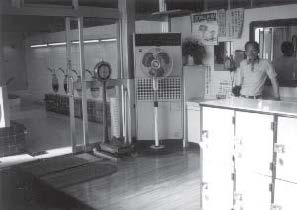
area ( Source | Accessed : March 3, 2020 | Photographer: Unknown )

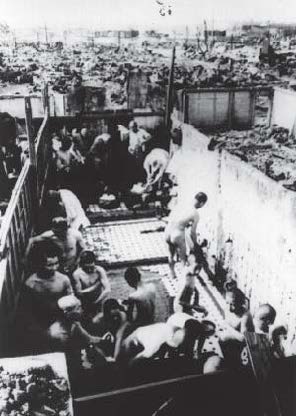
Style/Period(s):
Vernacular
Primary Material(s):
Ceramic, Plaster, Brick
Function(s):
Health Facility
Related Website(s):
Significant Date(s):
20th Century
Additional Information:
Aspects of social behavior are reflected in matters of bathing with others versus bathing alone, and changes in bathing practices further reinforce cultural changes in society at large.
The public baths can act as a locus of community activity, a nexus of local relationships, and as such serve to cement the social ties of people living within a close geographic space. People engaged in forms of social communication that strengthened group identity.
Bathing alone- is to dedicate the bath to personal reverie and a bit of self-indulgence. The bath has become a special place and time for the individual. With many domiciles having multi-purpose rooms, the bath becomes the most private room in the house.
Publications/Texts in Print:
Aaland, Mikkel. Sweat: The Illustrated History and Description of the Finnish Sauna, Russian Bania, Islamic Hammam, Japanese Mushi-Buro, Mexican Temescal, and American Indian & Eskimo Sweat Lodge. Santa Barbara, Calif.: Capra Press, 1978.
Brue, Alexia. Cathedrals of the Flesh: In Search of the Perfect Bath. New York: Bloomsbury USA, 2003.
Clark, Scott. Japan, A View from the Bath. Honolulu: University of Hawai'i Press, 1994.
Koren, Leonard. How to Take a Japanese Bath. Berkeley, Calif.: Stone Bridge Press, 1992.
Moerman, D. Max. "The Buddha and the Bath Water: How the Bodhisattva Gyōki Founded Koya Temple." In Buddhism and Medicine: An Anthology of Premodern Sources, by Salguero C. Pierce, 219-21. NEW YORK: Columbia University Press, 2017.
Salguero, C. Pierce. "Karma in the Bathhouse: The Sūtra on Bathing the Sangha in the Bathhouse." In Buddhism and Medicine: An Anthology of Premodern Sources, by Salguero C. Pierce, 84-91. NEW YORK: Columbia University Press, 2017.
Smith, Bruce, and Yoshiko Yamamoto. The Japanese Bath. Layton, Utah: Gibbs Smith, Publisher, 2001.
Talmadge, Eric. Getting Wet: Adventures in the Japanese Bath. Tokyo; New York: Kodansha International, 2006.
Building Address: Tokyo, Japan
Significant Dates: 20th Century
Tags: Public Bathhouses, Cultural practices, Private bathing, World war II, Archeological sites, Bathing culture, Bathing, aqueous, hygiene, hygienic, health, Tokyo, Japan, 20th Century
Viewers should treat all images as copyrighted and refer to each image's links for copyright information.